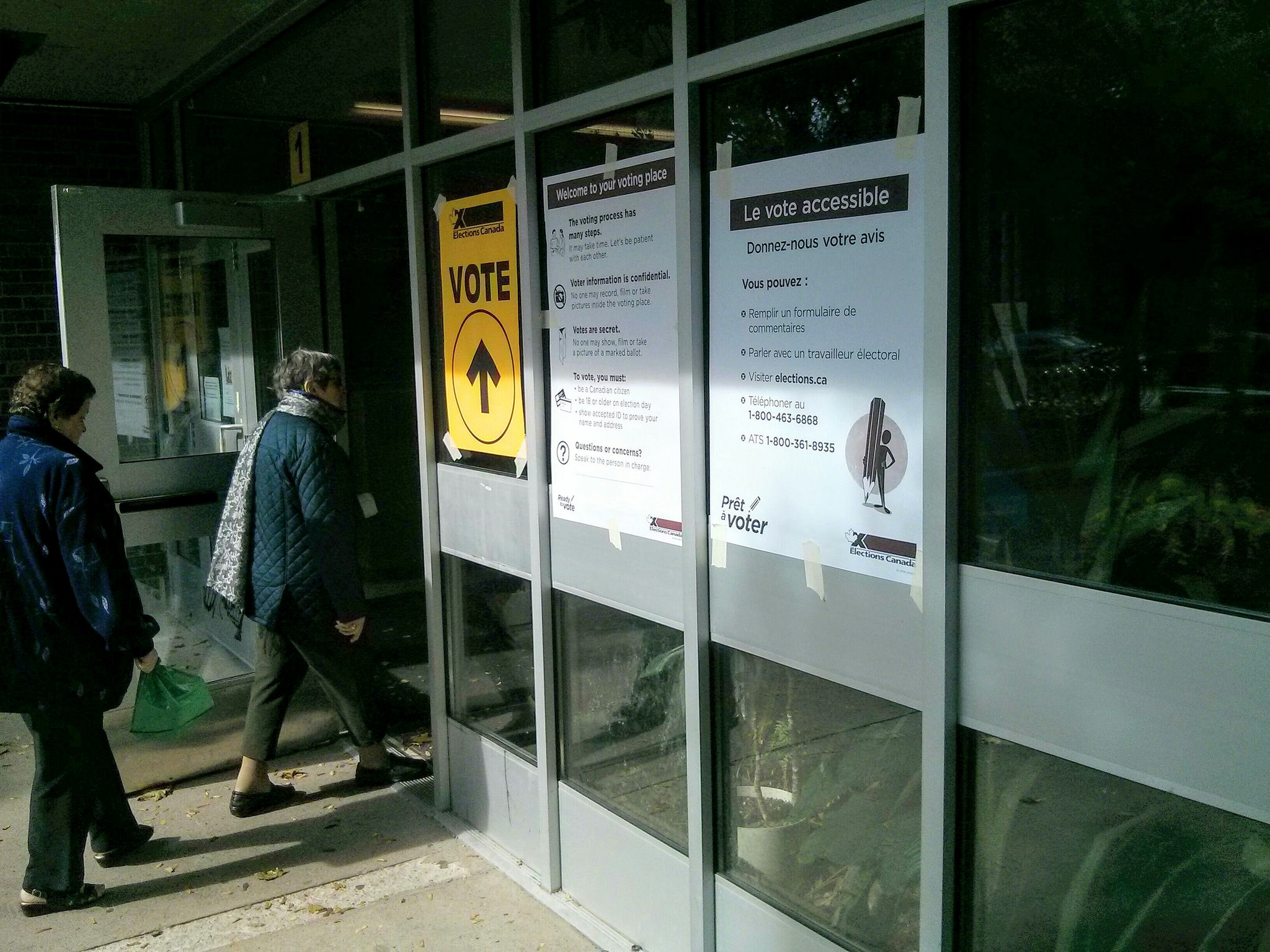The Yukon Government is forming a non-partisan commission to study electoral reform in the Yukon. In response to that welcome initiative, I am writing a series of articles examining an array of existing electoral systems worldwide, as well as some unique, new systems as yet untried.
Recently, Fair Vote Canada underlined the unhealthy influence that powerful corporate, religious and union groups have on democratic governments through political donations and lobbying. In the U.S., the National Rifle Association gets to call the shots on American gun policy because they’ve bought the loyalty of so many American politicians. The Canadian fossil fuel industry dictated environmental policy to the previous Harper Conservative government. Lobbyist registries and limits on allowable political donations go a long way towards mitigating this problem. But electoral systems can also minimize undue influence.
Therefore, I am adding resistance to influence to the following list of criteria for an effective and fair electoral system.
- Make all, or most, votes to count.
- Maintain regional representation.
- Do not significantly increase the number of seats in parliament or legislature.
- Do not significantly increase the costs of elections.
- Keep extremists out.
- Have an electoral system that people can understand when they go to the polls.
- Resistance to undue influence by power groups.
There are two common ranked ballot voting systems, Single Transferable Vote, (STV), and Alternative Voting, (AV). In both of these systems, voters rank their preferences thus: 1 for first choice, 2 for second choice and so on. Here, I will examine the Alternative Voting system. STV will be examined in a separate article.
Alternative voting is also referred to as Instant-runoff Voting, (IRV) or Preferential Voting. New South Wales and Queensland states in Australian use this system. It is often used in municipal elections and political party nomination elections. Oscar winners are also determined through the use of AV.
Here is how Alternative Voting works. If my first choice candidate hasn’t acquired sufficient votes to remain in the race, my vote is transferred to my second choice candidate. In most jurisdictions, there is no requirement that a voter mark more than one candidate. In those cases, ballots are often wasted.
Using the criteria for an effective and fair electoral system, how does Alternative Voting measure up?
1. Alternative Voting systems reward political parties with policies in line with the general preferences of the majority of voters. Because of this, boutique vote shopping and divisive politicking would be difficult.
AV would make the need for strategic voting unnecessary.
If we were to use Alternative Voting, election results would reflect the general, if not specific, preferences of Yukoners. In this sense, AV is fairer than First Past the Post and the Two-round System. Winning candidates would have a minimum of fifty percent support. But AV is not truly representative. It would not make every vote count.
2. Alternative Voting would not increase the number of ridings nor the number of MLA’s.
3. Regional representation would remain the same.
4. Election costs would not rise.
5. Minority parties and extremists would not stand much chance of forming government. Preferential systems have a cut-off point based on the percentage of votes required to remain in the final ballot count.
6. Alternative voting is very easy to understand. Many of us have already used this system in other circumstances.
7. Corporations would not like Alternative voting very much. Lobbyists could still lobby. Nevertheless, third party groups would have to spread their donation dollars amongst more than just two political parties in order to buy the loyalty of politicians.
Prime Minister Trudeau has said publically that he prefers Alternative voting. And because this system rewards moderate centrist political parties, there is good reason to believe that it would disproportionately benefit the Liberal Party.
On the other hand, no one knows how people would vote if they were not faced with the necessity of having to vote strategically. We might be surprised. One thing for sure, Alternative Voting would clarify the real preferences of Yukon voters if we were to use it in the next Yukon election.
I encourage readers to take a look at the Fair Vote Canada website. Their webinars are enlightening.
“Alternative Vote Explained” by CGPGrey is an amusing explanation of how Alternative Voting works in the jungle.
Write your MLA to tell him or her how excited you are at the prospect of electoral reform.
Image: Flickr/teambates
Like this article? Please chip in to keep stories like these coming.




